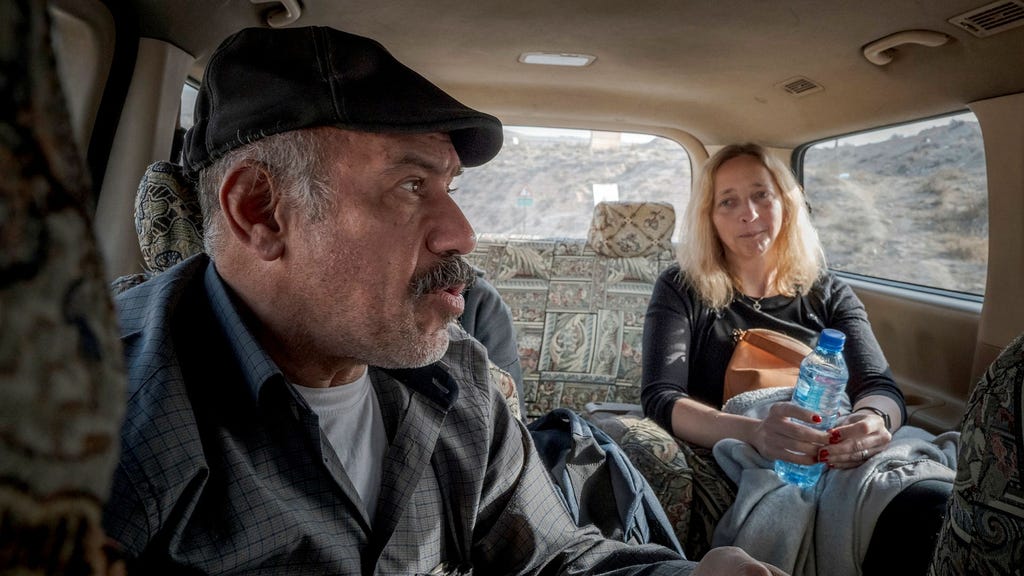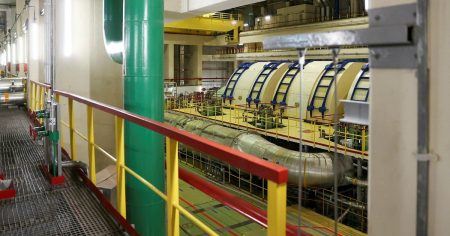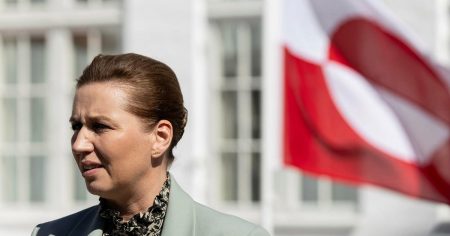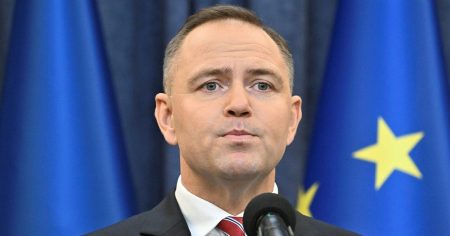The question posed – what awaits Syria after the overthrow of dictator Bashar al-Assad? – is predicated on an event that has not yet occurred. As of October 26, 2023, Bashar al-Assad remains in power, albeit presiding over a nation deeply scarred by over a decade of brutal civil war. Therefore, any discussion of a post-Assad Syria remains speculative and contingent on numerous factors, including the circumstances of his removal, the actors involved, and the geopolitical landscape at the time. However, it is possible to explore potential scenarios and analyze the prevailing sentiment within Syria, acknowledging the complex and fluid nature of the situation.
One potential scenario following Assad’s departure involves a transitional government, likely composed of various opposition groups, technocrats, and potentially elements of the existing regime willing to negotiate. The success of such a transition would depend heavily on international support, both financial and political, to rebuild devastated infrastructure, reintegrate displaced populations, and establish a functioning democracy. Challenges would abound, including navigating deep sectarian divisions, disarming militias, addressing war crimes and human rights abuses, and managing the influence of regional powers with competing interests. The risk of renewed conflict or fragmentation along ethnic or religious lines would be significant, particularly given the fragmented nature of the opposition and the presence of extremist groups.
Another scenario involves the emergence of a new authoritarian regime, possibly led by a military strongman or a dominant political faction. This outcome would likely perpetuate many of the existing problems, including repression of dissent, corruption, and economic stagnation. Regional powers, such as Russia and Iran, which have supported Assad throughout the conflict, might seek to maintain their influence in a post-Assad Syria, potentially backing a successor regime aligned with their interests. This could lead to continued instability and proxy conflicts, further hindering the country’s recovery.
The current atmosphere within Syria is undoubtedly complex and multifaceted. Areas under Assad’s control, while experiencing a degree of relative stability compared to the height of the conflict, still suffer from severe economic hardships, widespread poverty, and ongoing security concerns. The lingering effects of the war, including the destruction of infrastructure, displacement of millions, and the psychological trauma experienced by the population, continue to cast a long shadow. Resentment towards the regime persists, although public expression of dissent remains risky.
In opposition-held areas, the situation varies considerably depending on the specific region and the controlling faction. Some areas, particularly those under the control of Kurdish forces, have experienced a degree of autonomy and have focused on rebuilding local governance structures. However, these areas also face challenges, including limited resources, the threat of Turkish intervention, and ongoing tensions with the Syrian government. Other opposition-held areas remain embroiled in conflict or face precarious humanitarian situations, with limited access to basic services and ongoing displacement.
The overall sentiment within Syria is likely a mix of weariness from years of conflict, cautious hope for a better future, and deep apprehension about what the future holds. Many Syrians simply desire an end to the violence, the ability to rebuild their lives, and a semblance of normalcy. However, deep divisions remain, and achieving genuine reconciliation and building a stable and inclusive future will require a long and difficult process. The international community has a crucial role to play in supporting this process, but ultimately, the future of Syria rests in the hands of the Syrian people. Their resilience, courage, and determination will be critical in navigating the complex challenges ahead and shaping a post-conflict Syria, whenever that day may come. The potential departure of Assad, while a significant milestone, would only mark the beginning of a long and arduous journey towards recovery and rebuilding.
It is important to reiterate that the question of a post-Assad Syria remains hypothetical at this point. While the possibility of his removal cannot be discounted, predicting the specific circumstances and consequences remains highly speculative. Any discussion of a post-Assad future must acknowledge the inherent uncertainties and the complex interplay of internal and external factors that will shape the trajectory of Syria in the years to come. The international community, regional powers, and Syrian actors all have a role to play in shaping this future, but ultimately, it is the Syrian people who will bear the brunt of the consequences, both positive and negative, of whatever comes next. Continued monitoring of the situation, careful analysis, and informed discussions are essential to understanding the complex dynamics at play and contributing to a more peaceful and prosperous future for Syria.














